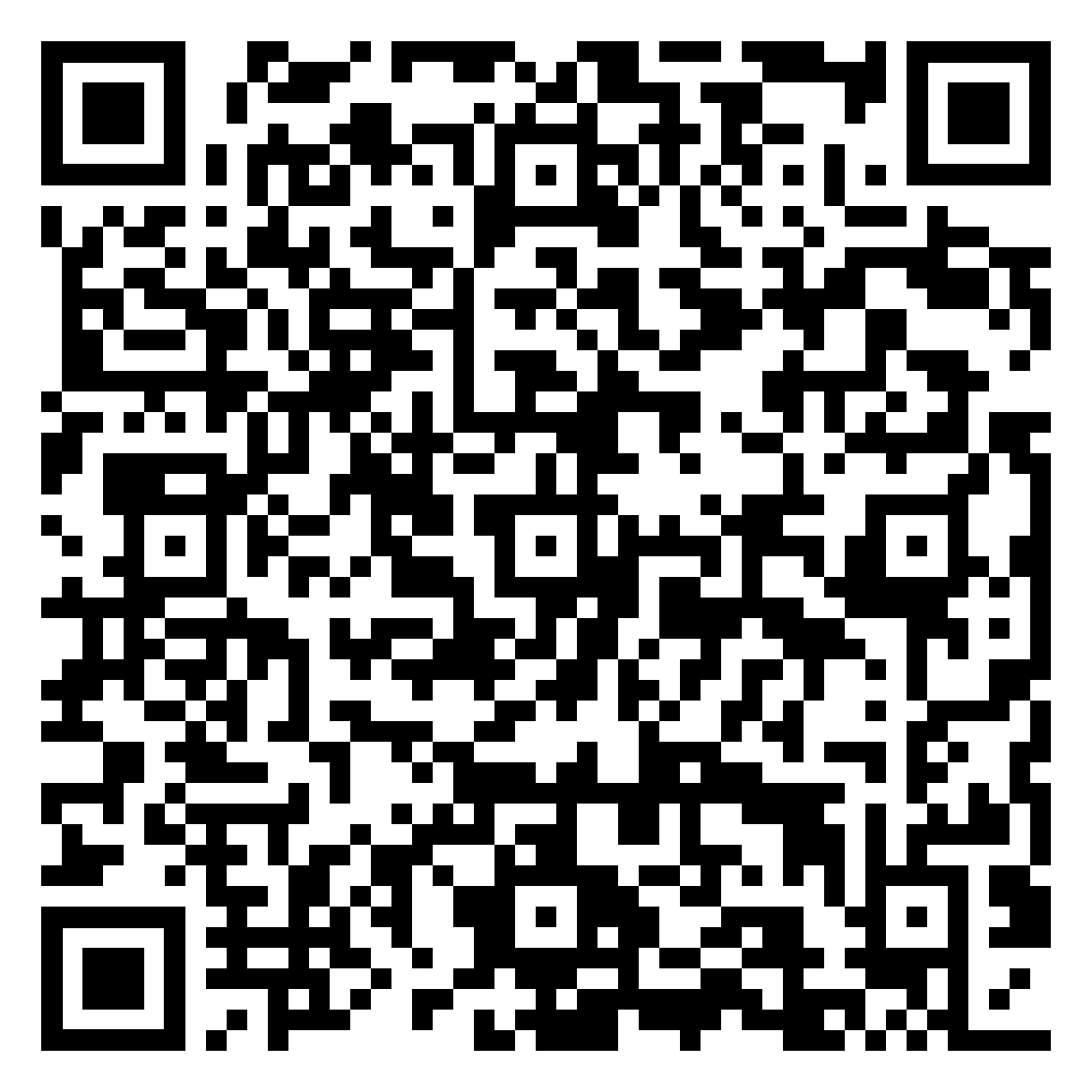Overview
Type 1 diabetes in children occurs when the body does not produce insulin, an essential hormone. Insulin is necessary for survival and must be replaced through injections or with an insulin pump.
While there is no cure for type 1 diabetes in children, it can be effectively managed through blood sugar monitoring and insulin delivery.
Symptoms and Diagnosis
The signs and symptoms of type 1 diabetes in children usually develop rapidly and include:
- Frequent urination and bed-wetting in toilet-trained children
- Extreme hunger
- Fatigue
- Irritability
- Unintentional weight loss
- Increased thirst
- Fruity-smelling breath when presenting with diabetes ketoacidosis
The following tests are used to diagnose type 1 diabetes and monitor diabetes management:
Random blood sugar test
This involves taking a blood sample at a random time. A blood sugar level of 200 milligrams per deciliter (mg/dL), or 11.1 millimoles per liter (mmol/L), or higher, along with symptoms, indicates diabetes.
Glycated hemoglobin (A1C) test
The results of this test indicate the average blood sugar level over the past three months. An A1C level of 6.5% or higher on two separate tests indicates diabetes.
Fasting blood sugar test
A blood sample is taken after not eating (fasting) for at least 8 hours or overnight. A fasting blood sugar level of 126 mg/dL (7.0 mmol/L) or higher indicates type 1 diabetes.
Treatment
Insulin replacement either by multiple daily injections or through insulin pump therapy.
Type 2 diabetes
Type 2 diabetes in children is a chronic disease that affects how the body processes sugar (glucose) for fuel. Conditions such as obesity, metabolic syndrome and polycystic ovary syndrome (PCOS) can increase the likelihood of developing type 2 diabetes.
Type 2 diabetes occurs more commonly in adults, but the increasing number of children with obesity has led to more cases of type 2 diabetes in younger people. Without treatment, the disorder can cause sugar to build up in the bloodstream and can lead to long-term complications. Encouraging healthy eating habits and regular physical activity can prevent and manage type 2 diabetes.
Symptoms and Diagnosis
Type 2 diabetes in children may develop gradually so symptoms may not be noticeable at first. Some children may experience the following signs and symptoms:
- Frequent urination
- Increased thirst
- Fatigue
- Blurry vision
- Frequent infections
- Darkened areas of skin, particularly around the neck, armpits and groin
Your child's health care provider may recommend a screening test if diabetes is suspected. There are several blood tests to diagnose type 2 diabetes in children:
Random blood sugar test
A blood sample is taken at a random time, regardless of when your child last ate. A random blood sugar level of 200 milligrams per deciliter (mg/dL), or 11.1 millimoles per liter (mmol/L), or higher suggests diabetes.
Fasting blood sugar test
A blood sample is taken after not eating (fasting) for at least 8 hours or overnight. A fasting blood sugar level of 126 mg/dL (7.0 mmol/L) or higher indicates type 1 diabetes.
Glycated hemoglobin (A1C) test
This test indicates the average blood sugar level for the past 3 months. An A1C level of 6.5% or higher suggests diabetes.
Oral glucose tolerance test
A laboratory or healthcare provider will require that your child fast overnight, then drink a sugary liquid. Blood sugar levels are tested periodically for the next two hours and a blood sugar level of 200 mg/dL (11.1 mmol/L) or higher suggests diabetes.
Treatment
Type 2 diabetes requires implementing a healthy lifestyle aimed at weight management. Insulin might be required at diagnosis if blood glucose and glycated A1c were high. Oral pills like Glucophage can be used effectively to treat type 2 diabetes. Other medications including Liraglutide are now approved for use in children above the age of 10 years.
Monogenic Diabetes
These are multiple forms of diabetes that are caused by genetic defects. They can be associated with other systemic diseases or are seen in isolation. Diabetes in this condition can present since birth or later in life.
Book Appointment
800 7762
Book Appointment
800 7762

